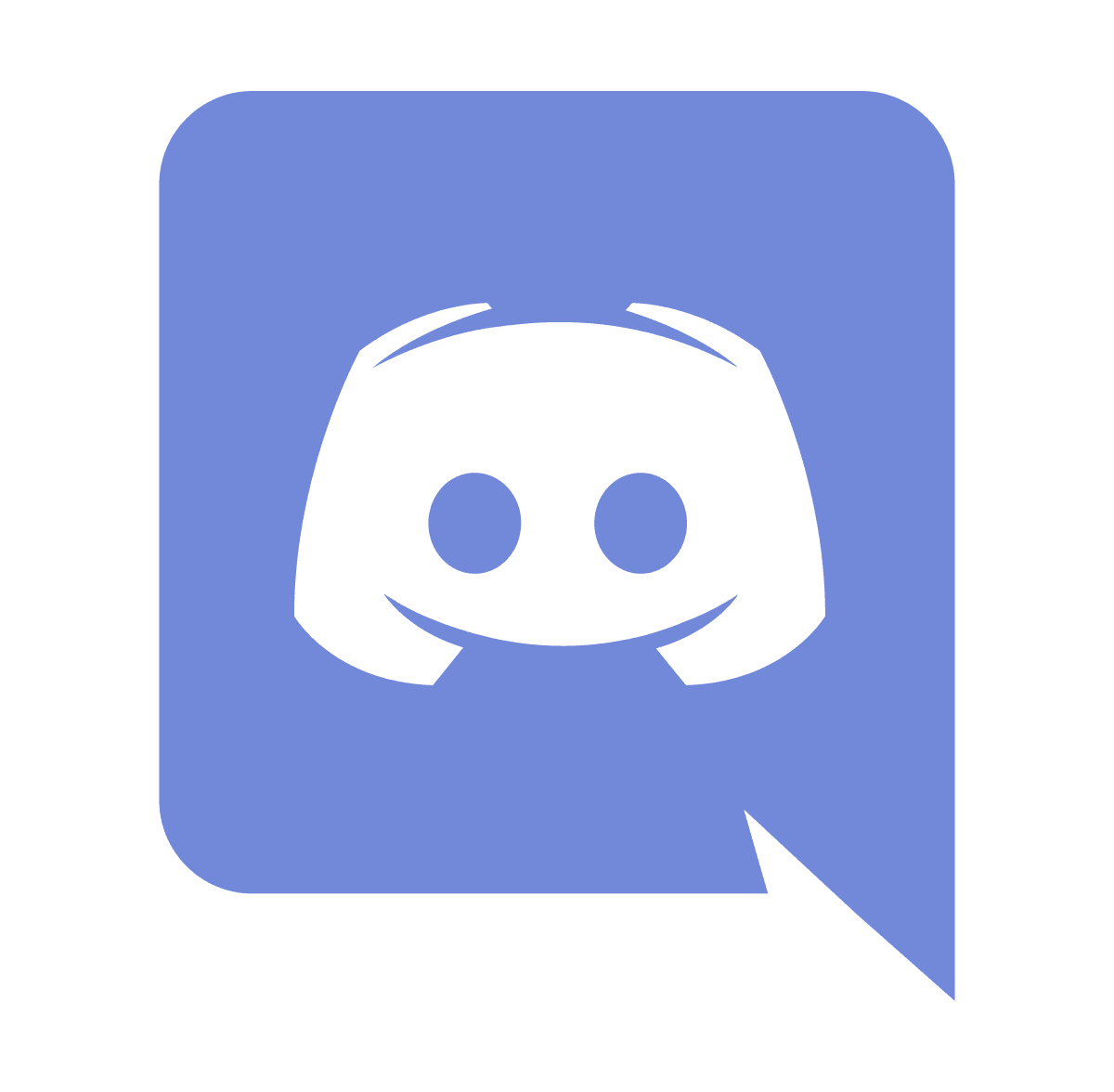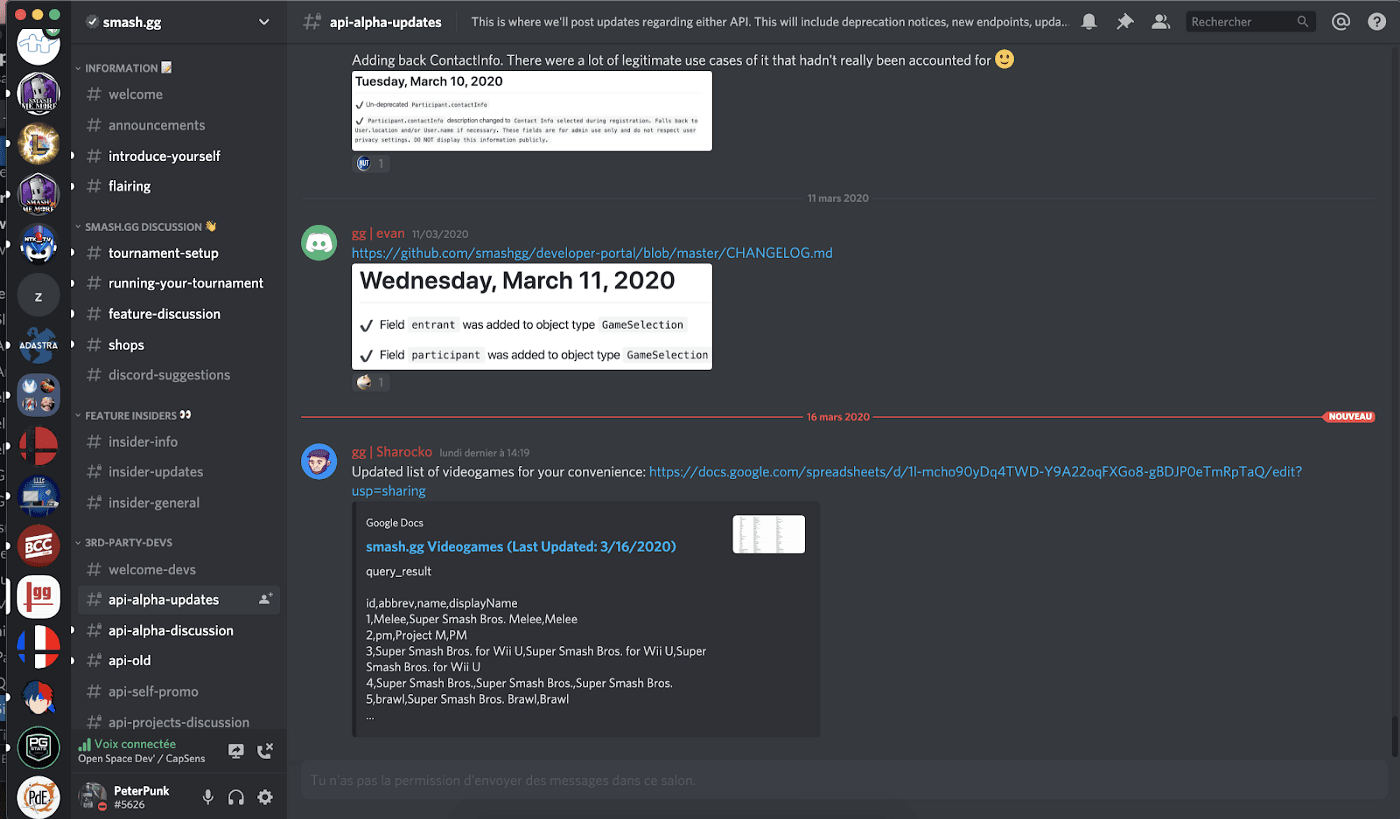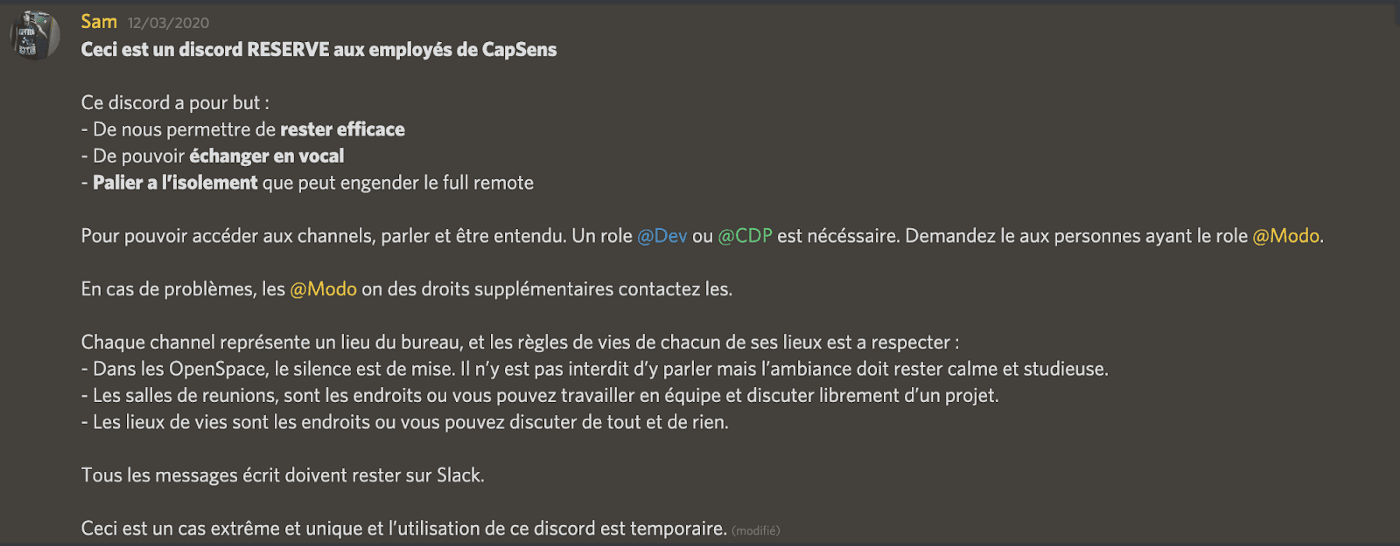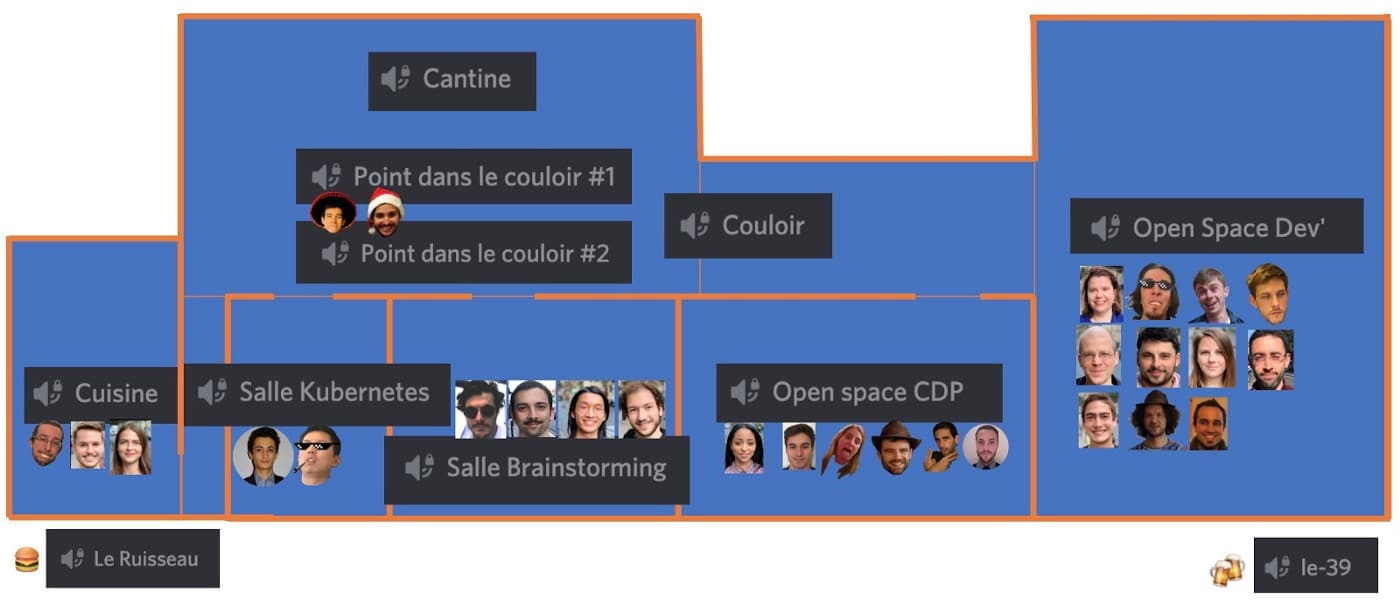At CapSens, already teleworking at the rate of one day a week, our corporate culture was already oriented in this direction and we were equipped for the new situation: confinement.
However, this time it is different because we are all telecommuting simultaneously for an indefinite period of time. Concerns over the issues of remote work were not long in coming.
Problems related to teleworking
Low morale related to isolation, lack of interaction with colleagues or loved ones.
Difficulty in communication. Of course, like all startups, we have an instant messaging service; Slack. However, we use it for non-urgent messages (asynchronous conversations) to avoid distractions as much as possible. So in teleworking it is more complicated to organize an impromptu point.
Efficiency. Being away from your colleagues gives the impression that you are alone and that nothing is progressing. It can get irritating and you can pick up and take long breaks, especially with all the distractions at home.
Solutions
Of course we have recalled the good practices of teleworking:
Maintain a healthy lifestyle by not going to bed too late and not waking up 5 minutes before starting to work.
Keep your morning ritual: Getting up, showering, getting dressed, watching the news etc. as you want the goal is to have a morning like any other and to be fresh for the start of the day.
Have a “work area”. A table, a good chair and a little peace. In order to be as comfortable as possible while working and to separate the “work area” from the “living area”, even if 50 cm separate them.
For the rest, we have confidence in our employees and our processes so as not to change our way of managing and to avoid micro-management. In any case, everyone's work at CapSens is visible and quantifiable.
But now, let's get to the heart of the matter regarding the one tool we've added to help us do a good job during containment: Discord.

Logo Discord
For the less “gamer” among you, Discord is the “Slack” of the video game world.

Screenshot Discord
As you can see its interface is similar to Slack's. Several chat channels, possibility of being on several servers simultaneously. Even the shortcuts are the same.
But why have a second tool that does the same thing as what you already have? You will tell me. For an essential feature: the voice channel, which has nothing to do with Slack's feature call.
Discord is a video game oriented community tool. It is therefore important to be able to talk together when playing online. We therefore diverted its use for professional purposes.
Being able to have voice communication channels all the time is a huge benefit. The latter being gamer oriented, the voice detection system is the most interesting feature. Because once properly adjusted, you can work and talk without having extraneous noise (keyboards, table, etc.) and have the feeling of being at the office.
Discord uses the same concept of channels as Slack, so those who don't know will get used to it very quickly. What's more, Discord is available on all platforms, mobile and browser.
Discord at CapSens
To use it well, we have set some rules:
The use of Discord is not mandatory. If someone feels that Discord is more harmful than good for them, then they don't have to sign in. On the other hand, for the Monday morning team breakfast, everyone is logged in at 9am to say how they are doing, about their weekend and what they are going to do this week.
Discord is not used for writing messages, only voice. For the rest, Slack remains the reference, so as not to overlap the tools.
Here is the message I posted on 03/12/2020, the first day of confinement at CapSens.

texte discord
So that everyone rediscovers their habits without multiplying the rules, we simply replicated the office rooms in the conversation channels.
We want to make a technical point quickly or ask a question: we meet on the corridor table, we make a longer point and planned in the agenda: we meet in one of the meeting rooms, no need to change in the diary invitations, we want to chat during the lunch break: we meet at Ruisseau, the burger restaurant we love, and for beer after work, go to “39”, the bar under office.

Salles Discord 1
Everyone sees who is present in which space and can join the space by clicking on it. No spy in confidential conversations because every presence is visible. For example on the screenshot of our channels below, we see that most of the connected people work alone in silence and that three people, Ismael, Jullian and Jerome, check in together in the hallway while Juliette takes a little break. We also notice that many use Discord but only log in when needed, for a scheduled meeting or a quick point offered on Slack for example. Thus out of 30, 14 people are connected at the time of the screenshot.
Results
The arrival of Discord as a voice support for Slack is a success because:
- Even the most skeptical have already used it at least once (excluding breakfast)
- The social bond is preserved, we were treated to events like the drink after work on channel “39” (the bar below the offices)
- The feedback from employees is positive and the effect is final. We are as efficient as in the office and morale remains good despite the confinement.
Thank you Discord
(Promise they don't pay me)

